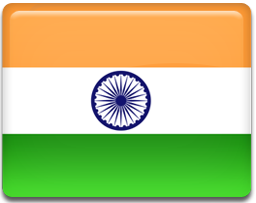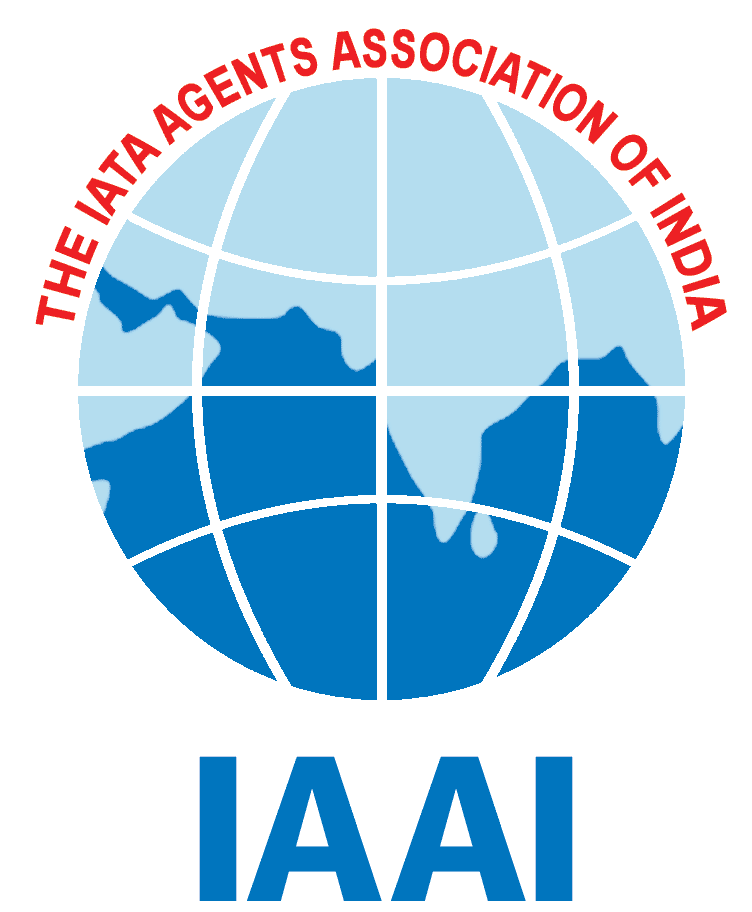Introduction
New Zealand comes with a reputation as a unique land packed with magnificent, raw scenery: craggy coastlines, sweeping beaches, primeval forests, snowcapped glacier-fed lakes and unparalleled wildlife, all beneath a brilliant blue sky. Even Kiwis – named after the odd flightless bird that has become the national emblem – are filled with astonishment at the stupendous vistas and variety of what they call "Godzone" (God's own country). All this encourages boundless diversions, from moody strolls along windswept beaches and multi-day tramps over alpine passes to adrenalin-charged adventure activities like bungy jumping and whitewater rafting. In fact, some visitors treat the country as a kind of large-scale assault course, aiming to tackle as many challenges as possible in the time available.
| Capital |
Wellington |
| Languages |
Maori & English |
| Currency |
New Zealand Dollar (1 NZD= 34 INR Approx.) |
| Time Difference |
GMT +12 Hrs & IST +6.5 Hrs |
| Best Time to Visit |
October to December |
Climate
| Climate |
|
Because New Zealand lies in the Southern Hemisphere, the average temperature decreases as you travel south. The north of New Zealand is subtropical and the south temperate. The warmest months are December, January and February, and the coldest June, July and August. In summer, the average maximum temperature ranges between 20 - 30ºC and in winter between 10 - 15ºC.
|







.png)